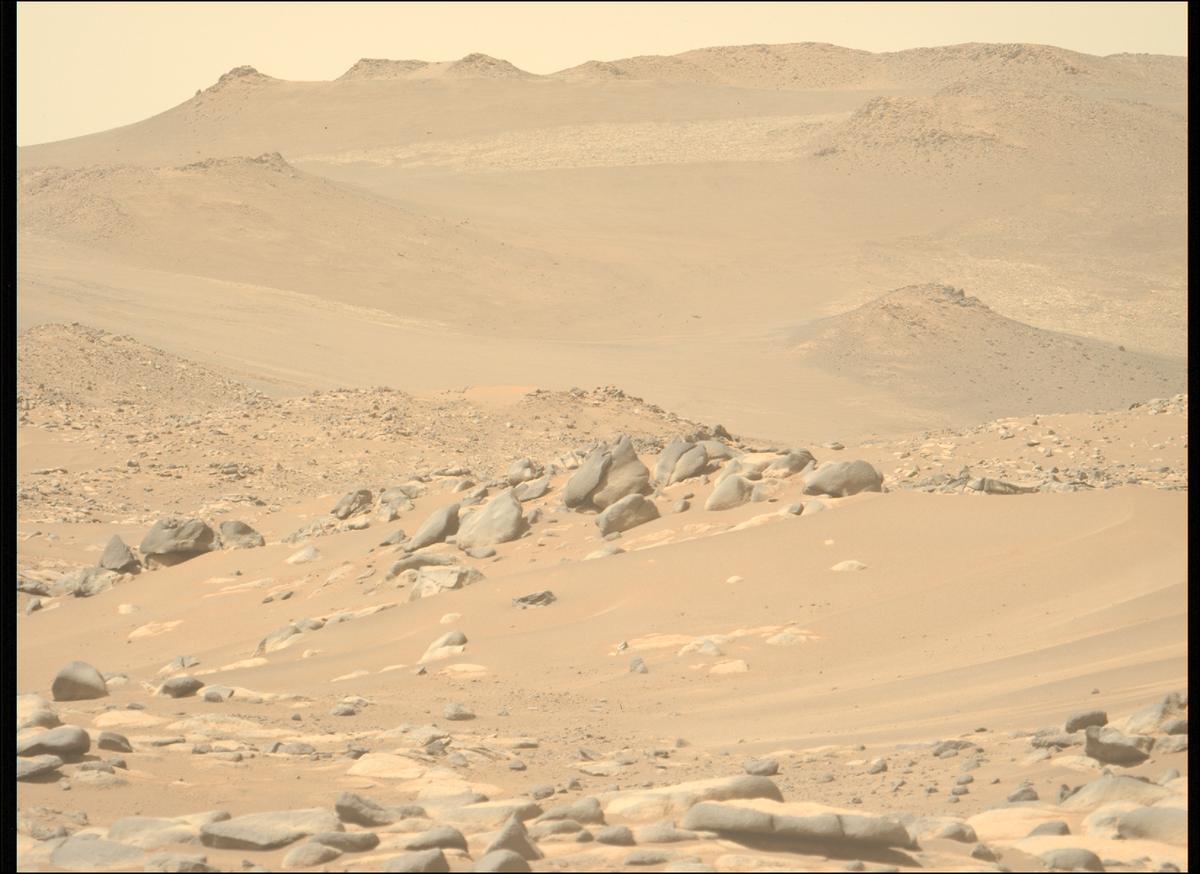

Someone like you, who comes into a calm, science-oriented community with F-bombs and complete cluelessness, should be able to understand this:
I didn’t study geology or science for years to answer questions from the likes of you. You want a guide? F*** you, pay me.
No one owes you and your s***ty attitude a damned thing. Don’t presume that your talk about “getting interested in science” is fooling anybody or represents anyone else, nor does it make up for your entitlement. Paul Hammond and other volunteers here are doing an amazing job. You want better, do it yourself.


Thanks! They’re being thorough with SuperCam and the UV imager again, even if (I suspect) they don’t expect fluorescent minerals up here. I imagine this site will get the “full treatment”, as Mars Guy puts it.
This latest abrasion hole, with the fair-sized mineral grains it exposes, really makes me wonder about the dark massive rocks capping the hill, which Prof. Ruff tentatively identified as ignimbrites. Everyone came into this mission jazzed about sedimentary geology, but the volanic/igneous history of this place is proving to be pretty interesting, even mysterious.
EDITED an erroneous adjective.